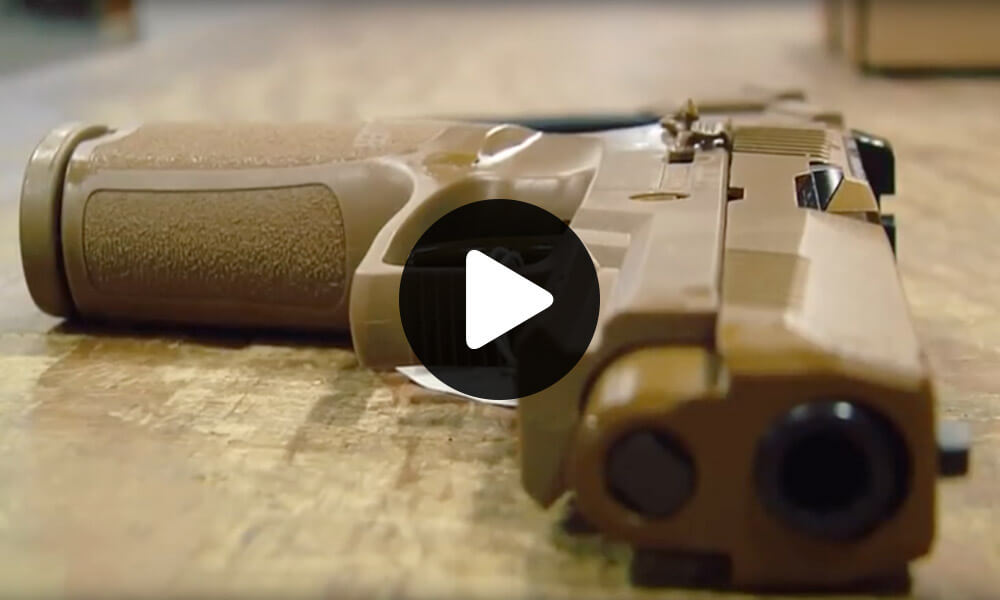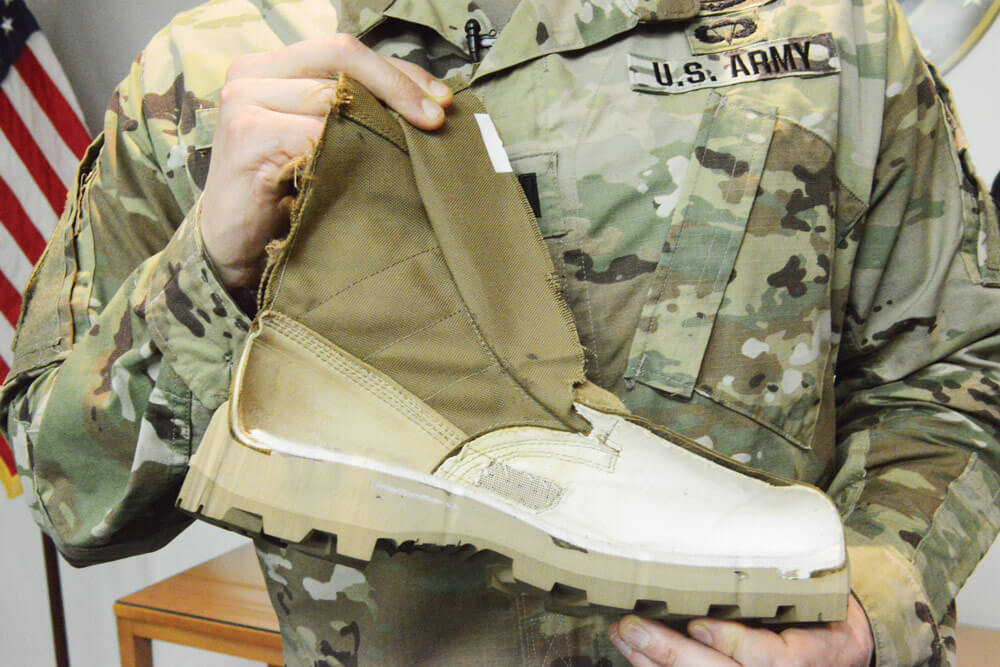
During the Cold War, the United States Army introduced the Beretta M9 as the Army’s newest handgun. In the three decades since, the M9 has been used in the Gulf War, Somalia, Iraq and Afghanistan conflicts. Today, as the Army continues to evolve its equipment and technology, defense industry product developer Sig Sauer is launching a new Modular Handgun System (MHS) that is poised to offer advanced handgun capabilities to U.S. Soldiers.
This change may have, in part, come about in response to longtime, in-the-field shortcomings of the M9 as noted by military personnel. According to a joint survey conducted by the Center for Naval Analyses in 2006, only 58 percent of individuals who used the M9 were satisfied with its performance. This was the lowest satisfaction rate among all the weapons that were analyzed in the survey. Among the complaints voiced by service members was the weapon’s lack of ability to accommodate attachments and the M9’s lack of stopping power. Additionally, almost half of those surveyed expressed a lack of confidence in the weapon’s reliability. Service members also expressed concern regarding the difficulty of the maintenance associated with the M9.
In August of 2015, the U.S. Army held a long-awaited competition to determine the Service’s new sidearm. The Army’s competition demanded a modular system. This modular handgun would allow service members the ability to more easily add their desired attachments. Several other requirements were imposed to ensure that the new firearm would be a notable improvement over the M9. No specific caliber was required for the sidearm; however, manufacturers were notified that their firearm would be compared in a ballistics test with the current 9 mm round.
Additional preference was given to firearms that could be chambered in multiple sizes. The Army also expressed a desire for the handgun to be simple to clean and maintain, and consistently accurate and reliable. The M9 had previous issues with failures to feed, jams and other stoppages. With this in mind, the Army requested that entrants in the MHS competition experience 2,000 rounds between stoppages and 10,000 rounds between failures.
Read the complete article here


